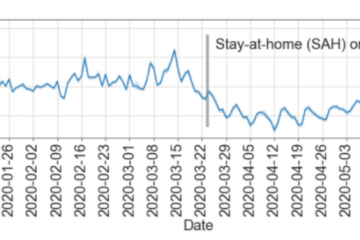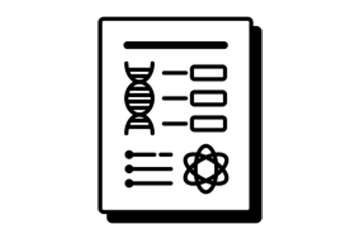Connected Activism: Indigenous Uses of Social Media for Shaping Political Change
Prior studies describe digital tactics as specific strategies actors apply within broader repertoires of contention, specifically in social and political contexts. A comparison of EZLN, Idle No More, and the ongoing Rio Yaqui water rights movement reveals the kinds of community knowledge work that has to happen prior to and around activating digital tactics in Indigenous rights movements, including choices in messaging and discourses of Indigeneity, targeting of movement opponents, and selection of digital tools and techniques. Activists harness these communicative affordances to practice a politics of visibility, cultivate solidarity, diffuse an Indigenous consciousness, enforce dominant governments’ trust and treaty
responsibilities, and remind many of the irrevocable injustice of colonialism. Designing methodologies that account for specific Indigenous social and political contexts as well as the affordances of various digital environments is part of the future work of Indigenous media theorists.
Read this work in:
Duarte, M.E., (2017) Connected Activism: Indigenous Uses of Social Media for Shaping Political Change,” Australasian Journal of Information Systems, 21.


